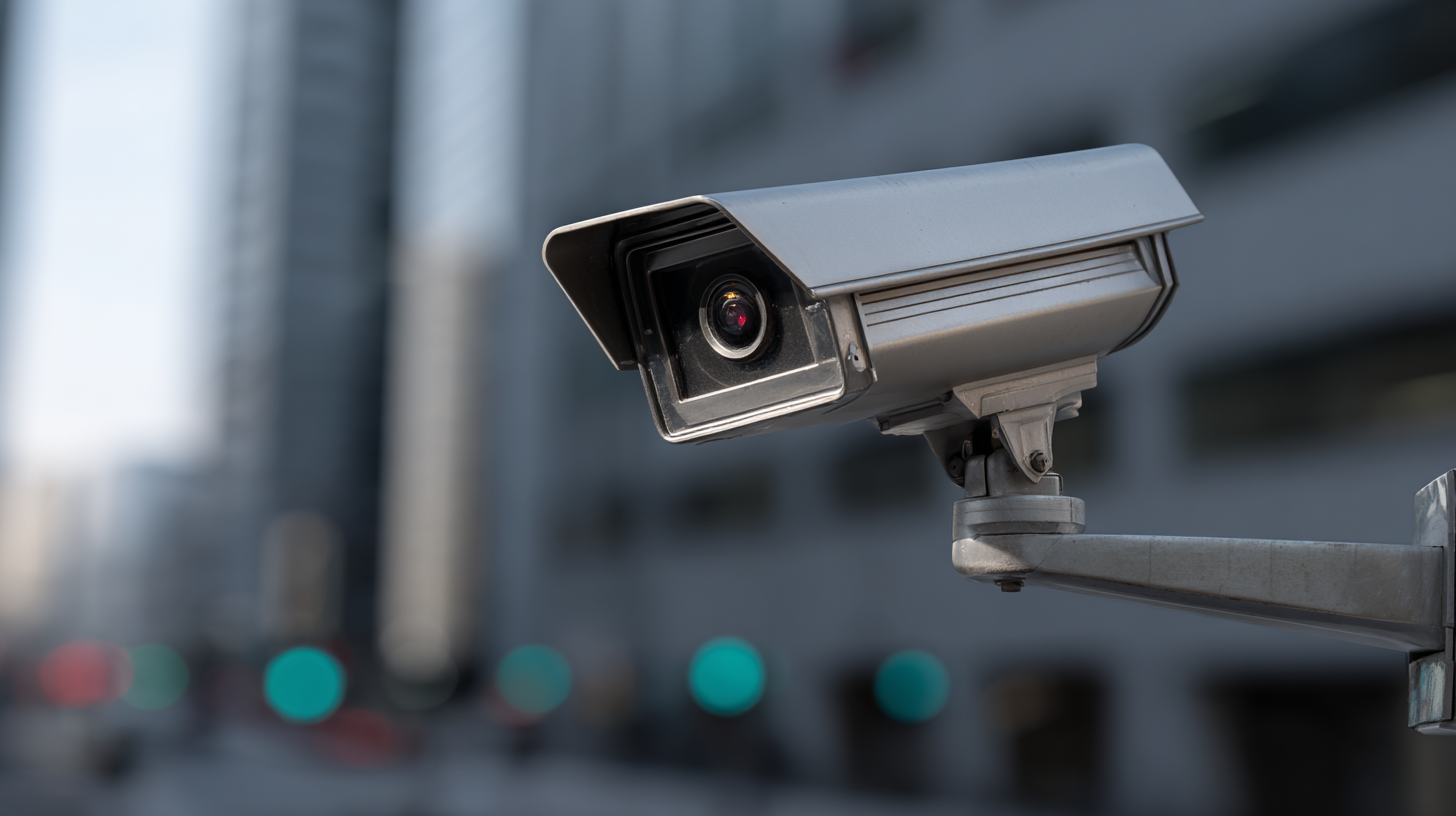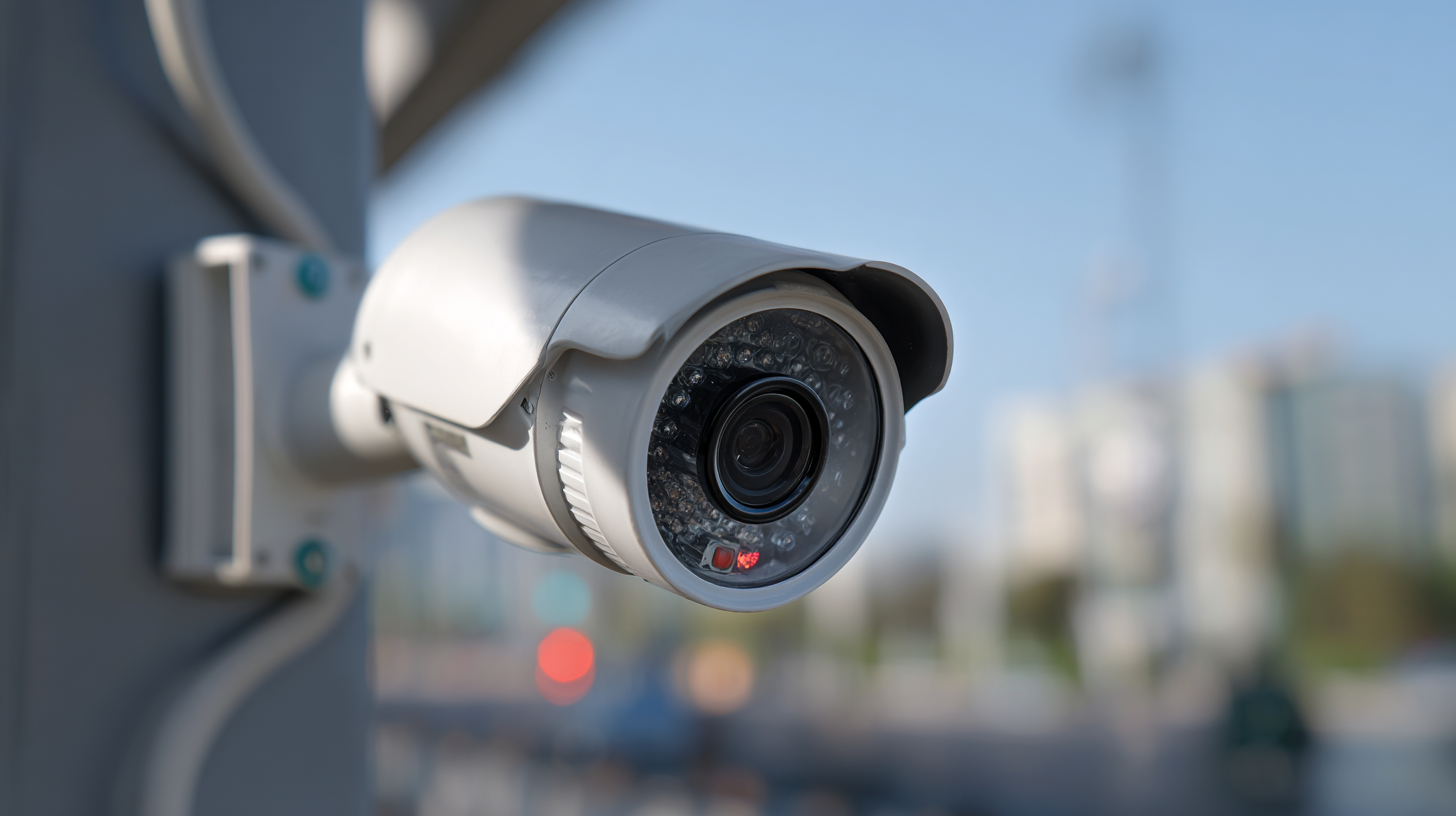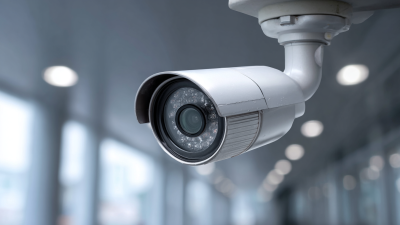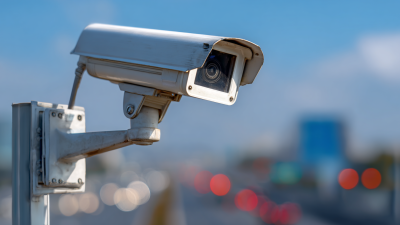
When it comes to securing your home, choosing the right technology is crucial, and one of the best options available today is the 4G security camera. With the global security camera market projected to reach $62.6 billion by 2028, the demand for reliable and efficient monitoring solutions is on the rise. As more homeowners seek to enhance their security measures, 4G security cameras have emerged as a popular choice due to their ability to provide real-time surveillance without the limitations of traditional Wi-Fi connectivity.

Reports indicate that 4G-enabled devices can transmit high-definition video feeds over extended distances, making them ideal for remote locations or areas where internet access is unreliable. As you embark on the journey to find the best 4G security camera for your home, it's essential to consider various factors, including resolution, battery life, and ease of installation, to ensure optimal protection for your property and loved ones.
When selecting a 4G security camera for your home, several key features should be at the forefront of your decision-making process. First and foremost, image quality is crucial; choose a camera that offers high-definition video, ideally 1080p or higher, to ensure clear and detailed footage. Additionally, consider the camera's night vision capabilities; infrared lights or color night vision can greatly enhance security during low-light conditions. A wide field of view is also beneficial as it allows the camera to cover more area, reducing the number of cameras needed for comprehensive surveillance.
Another vital feature is motion detection technology, which can help in monitoring your property effectively. Look for cameras that provide customizable motion detection zones and send real-time alerts to your smartphone. Furthermore, evaluate the camera's storage options; cloud storage is convenient, but local storage via an SD card can enhance security by preventing unauthorized access.
Connectivity is equally important; ensure that the camera has a stable 4G connection and a backup option, such as Wi-Fi, to maintain constant surveillance in various situations.
When selecting a 4G security camera for your home, it's essential to understand the different types available to determine which one best suits your needs. The most common types include bullet cameras, dome cameras, and PTZ (pan-tilt-zoom) cameras. Bullet cameras are typically designed for long-range visibility and are ideal for outdoor settings, as their shape allows for easy mounting and focusing on specific areas. They usually provide high-resolution video, making them an excellent choice for monitoring expansive outdoor spaces.
On the other hand, dome cameras are discreet and often used for indoor surveillance. Their unique design makes it challenging for intruders to determine which direction the camera is facing, offering a level of anonymity that can deter criminal activity. Additionally, PTZ cameras are versatile and equipped with the ability to tilt, pan, and zoom, allowing for extensive monitoring of a larger area. This feature is particularly useful in situations where a flexible security approach is required, enabling homeowners to adjust the camera's focus remotely. Understanding these different types will empower you to choose the right 4G security camera that fulfills your specific security requirements.
When selecting a 4G security camera for your home, evaluating video quality and resolution is crucial. High-resolution cameras provide clearer images, which are essential for identifying faces and details in critical situations. According to a report by MarketsandMarkets, the global video surveillance market is projected to reach $74.6 billion by 2025, with a significant focus on high-definition and 4G-enabled devices. A resolution of 1080p is typically the minimum standard for decent image quality, but 4K cameras are becoming increasingly popular, offering four times the resolution for enhanced clarity.

Moreover, the frame rate plays a vital role in video quality. Most cameras operate at 30 frames per second (fps), which is ideal for smooth motion capture. Research from 6Wresearch indicates that as technology advances, the demand for cameras with higher fps rates is rising; users now seek cameras that can deliver 60 fps or more for critical applications. Alongside resolution and frame rates, look for features like night vision and wide dynamic range (WDR) that can significantly improve overall performance in varying lighting conditions. These factors combined will help ensure robust security for your home.
When selecting a 4G security camera for your home, assessing mobile connectivity is crucial. A reliable mobile network ensures that your camera can transmit real-time video and alerts with minimal interruption. Check the signal strength in your area prior to purchasing the camera; a weak signal can lead to lagging video feeds and delayed notifications. Opt for a camera that supports multiple mobile bands to guarantee better connectivity options as well.
Data usage considerations are equally important when choosing a 4G security camera. These devices can consume a significant amount of data, especially if you opt for high-definition video streaming. To manage your data effectively, consider adjusting the video resolution and frame rate settings to match your home security needs without overspending on mobile data.
**Tip:** Investigate camera models that offer motion detection features, triggering video recording only when activity is detected, which helps conserve data.
Additionally, some cameras come with cloud storage subscriptions; compare different plans and choose one that aligns with your data capacity and budget. Keeping an eye on how much data you are using can also help you avoid unexpected charges from your mobile provider.
| Feature | Description | Importance Level | Estimated Monthly Data Usage |
|---|---|---|---|
| Video Resolution | Resolution of the captured video (e.g., 720p, 1080p) | High | 1-3 GB |
| Field of View | The width of the area that the camera can capture | Medium | 0.5-1 GB |
| Night Vision | Ability to record in low-light conditions | High | 1-2 GB |
| Two-Way Audio | User can communicate through the camera | Medium | 0.2-0.5 GB |
| Cloud Storage | Ability to store footage on the cloud | High | 1-2 GB |
| Mobile Connectivity | Flexible viewing and alerts via mobile data | Crucial | 0.5-1 GB |
When selecting a 4G security camera for your home, understanding the various price points and budget options available is crucial. Cameras in this category can range from budget-friendly models costing around $50 to high-end devices that may exceed $500. In the lower range, you can find basic functionality like motion detection and night vision, which may suffice for those on a tighter budget or for less demanding surveillance needs. However, these economical models might lack advanced features such as cloud storage, higher resolution video, or comprehensive app integration.

As you move up the price ladder, 4G security cameras often come equipped with enhanced features that provide superior performance and reliability. Mid-range options, typically between $100 to $300, often include features like better video quality, multiple viewing angles, and improved durability. Meanwhile, premium models can offer advanced capabilities, such as AI-driven alerts, 4K video, solar charging options, and more extensive integration with smart home systems.
Evaluating your specific needs—such as the area to be monitored, potential for expansion, and desired features—will ultimately guide you in finding the best camera within your budget.




